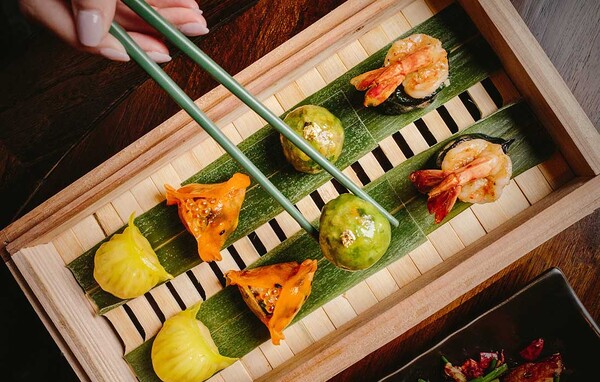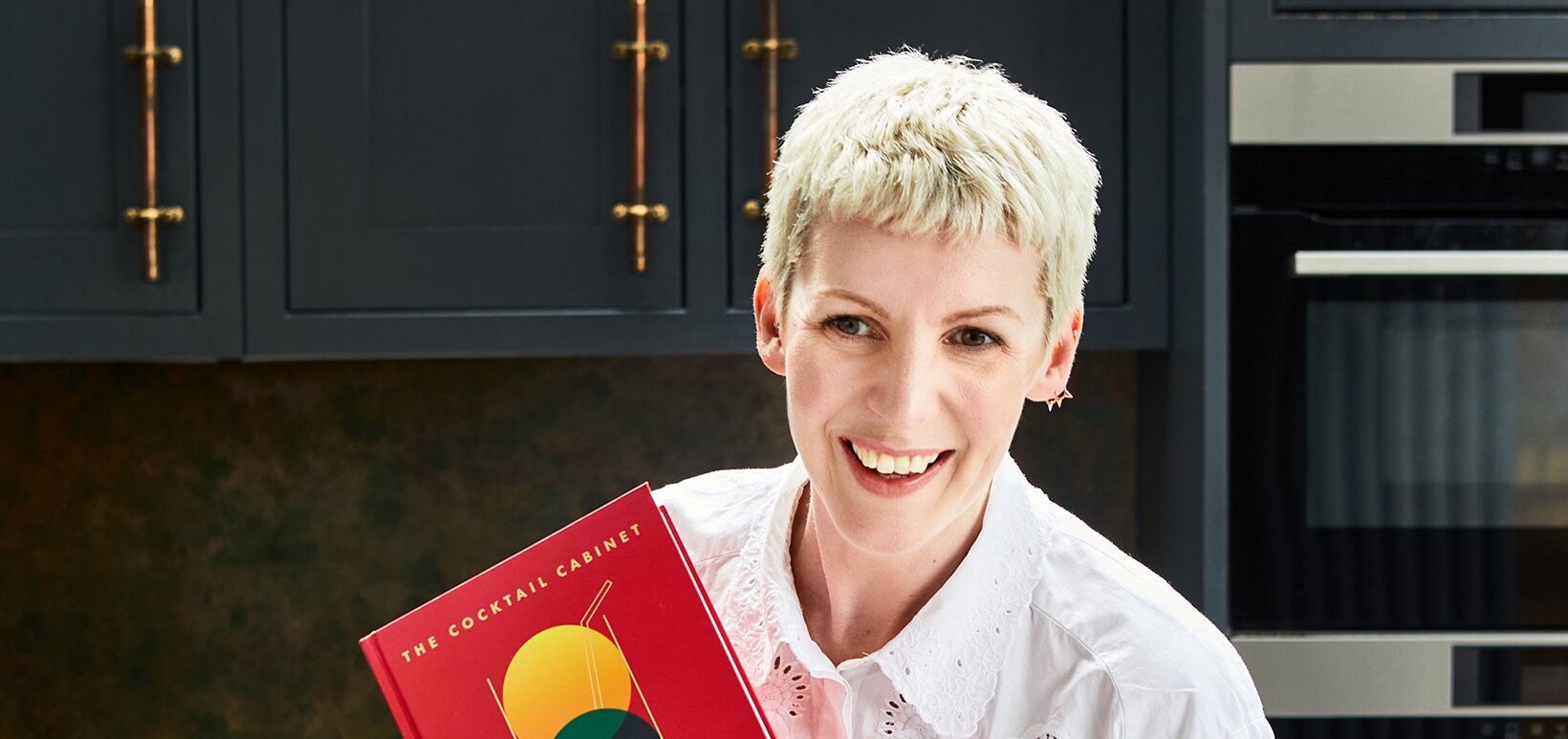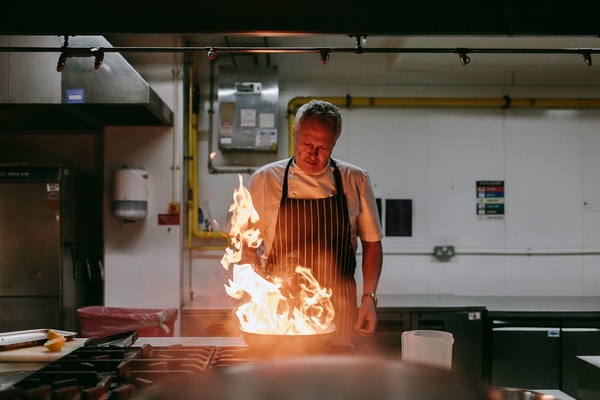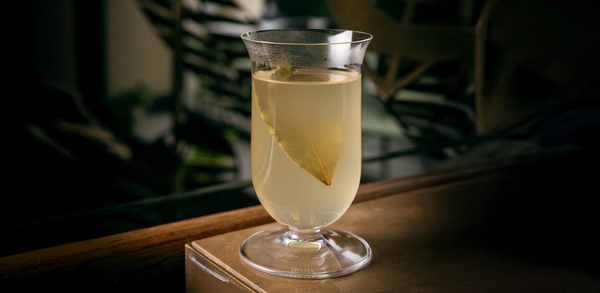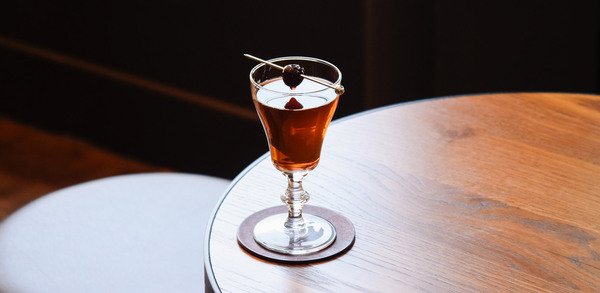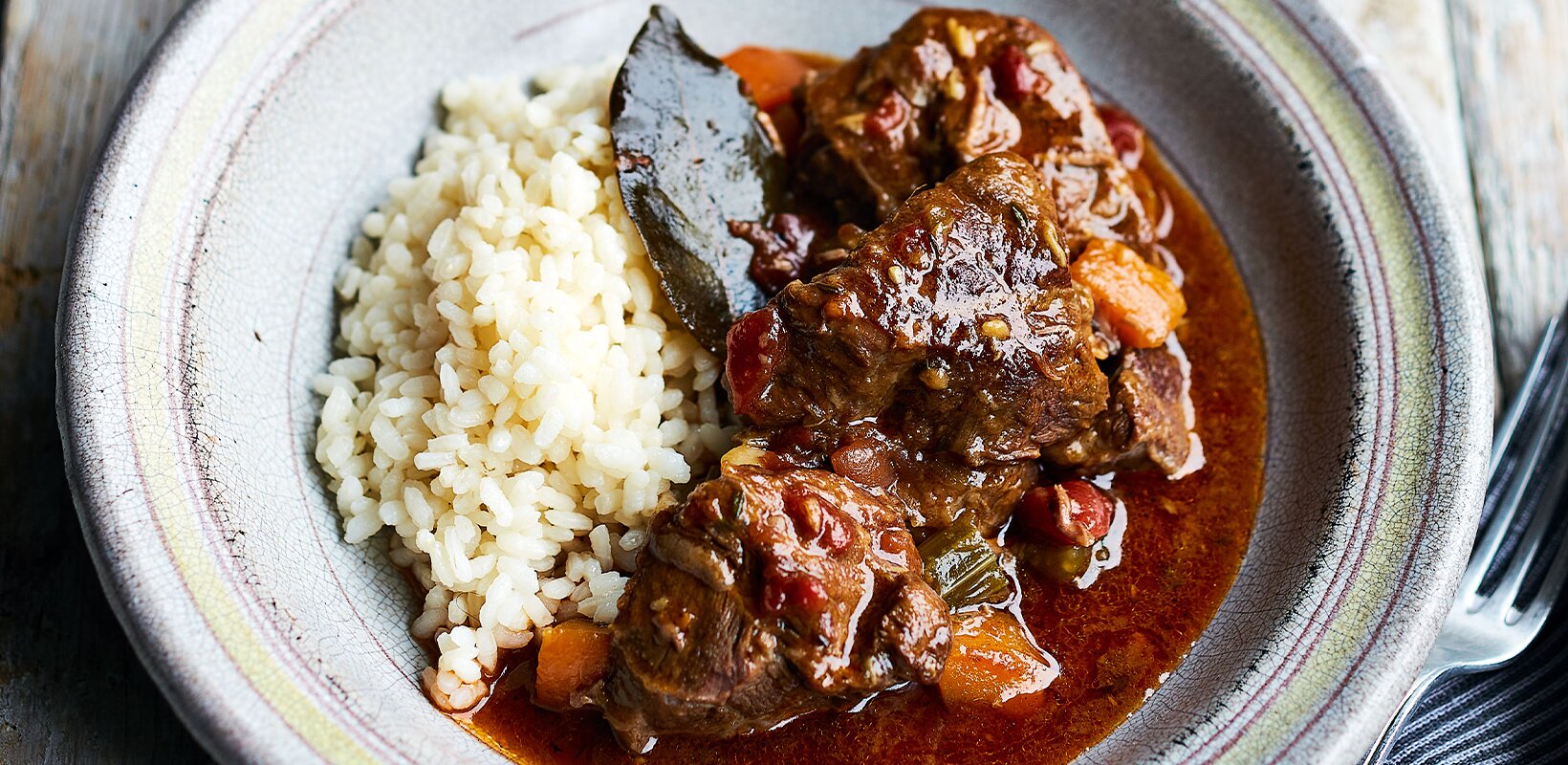Drinks doctor: How does flavour rather than taste enhance a drinking experience?
Strip your cocktail recipe down to its basics and then you can create a perfect balance, says Zoe Burgess, founder of Atelier Pip
Have you ever asked anyone what the difference is between taste and flavour? It’s an interesting question that people often find hard to answer as taste and flavour are two different things.
With it being the time of year to think about the flavours for next season and what you’d like to achieve with your cocktail menus, taste versus flavour becomes important. To answer the question briefly: taste is not enough.
Taste and flavour are different things
The words taste and flavour have become quite interchangeable in our lives but technically they are two different things.
Taste refers to our experience of the basic tastes – sweet, sour, bitter, salt and umami – and is experienced through taste buds on the tongue and in the mouth. The word tastant refers to a chemical that stimulates one of our basic tastes via the taste buds in our oral cavity.
Flavour refers to our whole experience of a food or liquid we consume, including aromatic profile, taste, appearance, texture and any chemesthetic sensations, such as hot and cold, the burning sensation from ingredients like chili or the cooling sensation from mint.
Taste is a foundation to work from
The relationship of the five basic tastes is important as it builds the first layer within our cocktail structure. You may be working with the most wonderful ingredients, but if one tastant is too strong or weak, a cocktail can become undrinkable. Rather than trying to hide this imbalance through additional ingredients, strip the cocktail back to its basic tastes and ensure you have a balance you like. Then, review how you’d like to evolve the cocktail through other ingredients.
Always keep this basic balance in mind as ingredient additions or changes have a consequence. For example, if you’re working with fruit infusions, are you also adding more sugar or acid to the drink? Look out for any further adjustments you might need to make to keep the overall taste of your cocktail balanced.
Flavour builds an experience
Flavour is all-encompassing. However one of the key parts to focus on is aroma and the aromatic profile the ingredients bring to your glass. Once the basic tastes within your cocktail are balanced, experimenting with aromatics becomes easier as results are often clearer and more focused. Fruit or botanical infusions can be layered up within the basic taste structure of your liquid. As an example, think about how vanilla is associated with sweetness or rhubarb with sourness, and use these qualities to your advantage and create a more impactful experience.
Texture, be it from the liquid in the glass or the glass itself, shouldn’t be overlooked. There is a reason why foamy sours and fine-stemmed glassware are so popular and it’s down to guests’ desire for texture.
And finally, don’t underestimate the importance of the room. The sights, sounds, textures and temperature of the overall room will make or break your cocktail menu. For ultimate flavour impact and success, ensure your liquid goals suit your venue and extend the guests’ experience of the space.
Cocktail of the week: creme egg and chips
Seed Library, London. Bartender: Mr Lyan aka Ryan Chetiyawardana
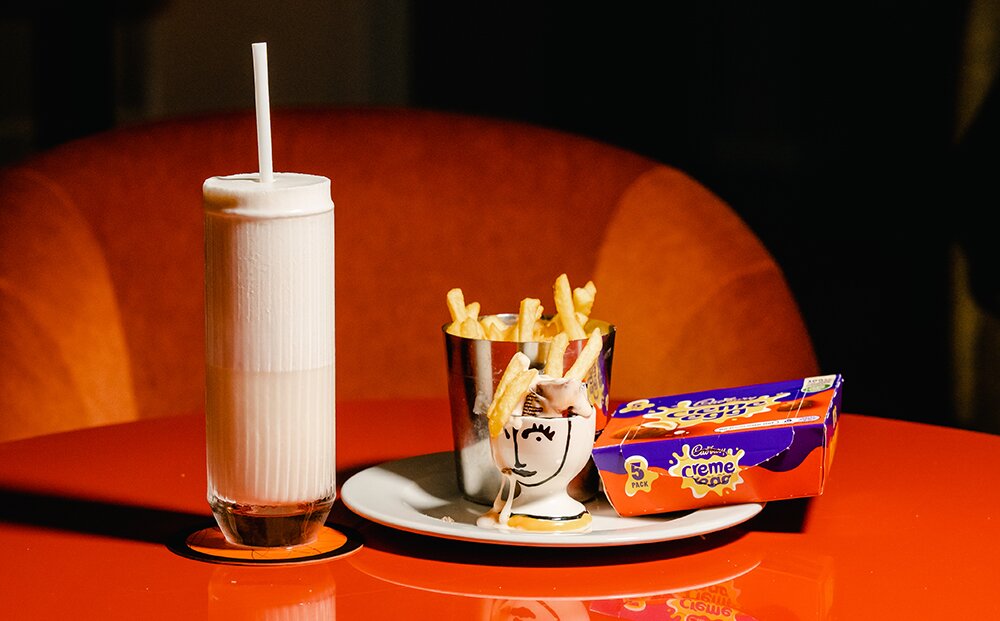
Ingredients
- 30ml Creme Egg vodka (see below)
- 10ml Empirical Symphony 6
- 15ml lemon
- 2.5ml sugar syrup
- 15ml double cream
- Soda top to make the garnish
Method
To make the Creme Egg vodka
Add one whole Creme Egg for a bottle of vodka and leave at room temperature for 48 hours to infuse. Leave in the freezer overnight and then strain the Creme Egg out. This will leave you with a wonderful, slightly sweet-flavoured vodka with loads of texture.
To make the cocktail
Add all the ingredients to your shaker apart from the soda. Dry shake to combine and emulsify all the ingredients. Add ice to the shaker and shake. Fine strain into a highball glass. Let the cocktail settle before adding the soda.
Top the cocktail with soda water until the foam of the drink is 3cm out of the top of the glass and enjoy!
Seasonal food and drinks pairing: Lamb and Rioja
There’s nothing more traditional than roast lamb at Easter. And there’s no better match for this classic than a Rioja. Ramón Bilbao’s Journey Collection Crianza is filled with vibrant red fruit, a hint of smoke and supple spiciness. Its bracing acidity freshens up the palate and elevates the lamb’s natural sweetness.
Sponsored by Unity

